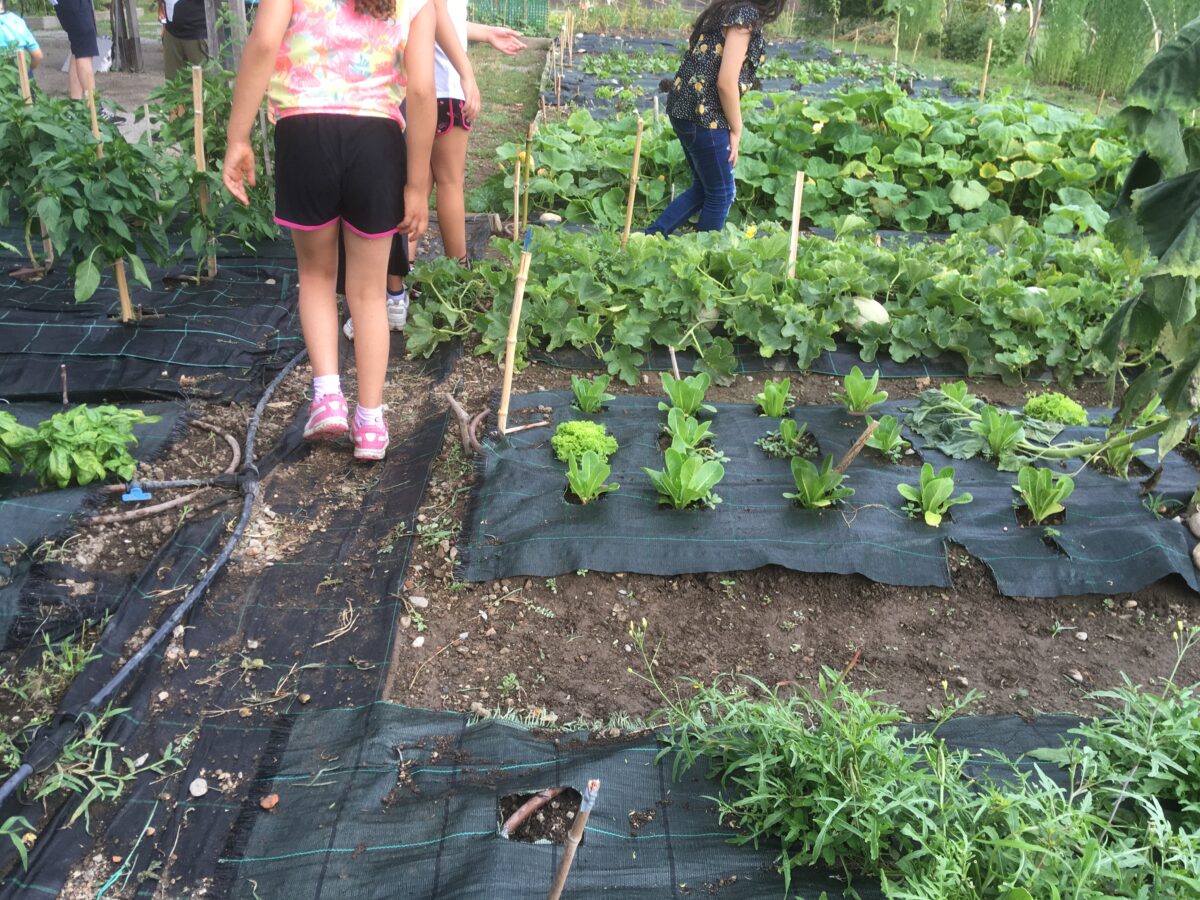After oxygen and water, food is what keeps us living and healthy however, some types of foods are better than others with the best type being “true food”.
But which are the true foods?
True foods are those that grow in NATURE, minimally processed (transformed/preserved in a traditional or innovative way; fewer additives, better and much better if all of them are natural), SUSTAINABLE (produced in healthy soil using clean water, respecting the environment and biodiversity) AND ETHICALLY PRODUCED (towards humans, animals and all living beings involved).
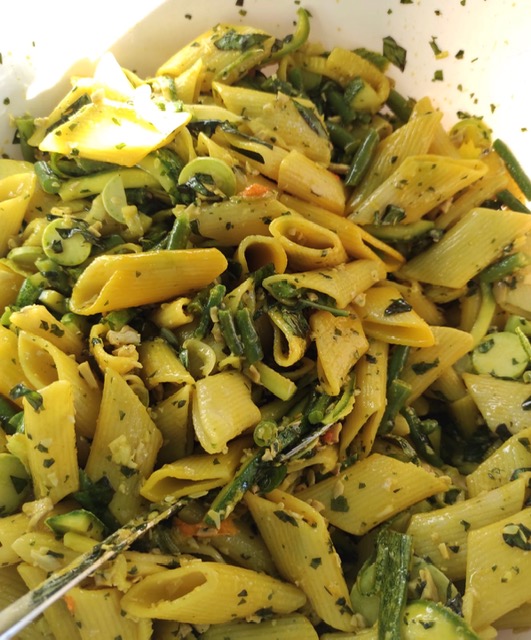
This definition points out two fundamental concepts: NATURE and SUSTAINABILITY that includes ethical production.
What is nature?
Nature is all living and inanimate beings that make up the earth and that interact with each other in a balance where matter and energy circulate. Nature follows its own order and is governed by constant laws that human beings can know but cannot modify.
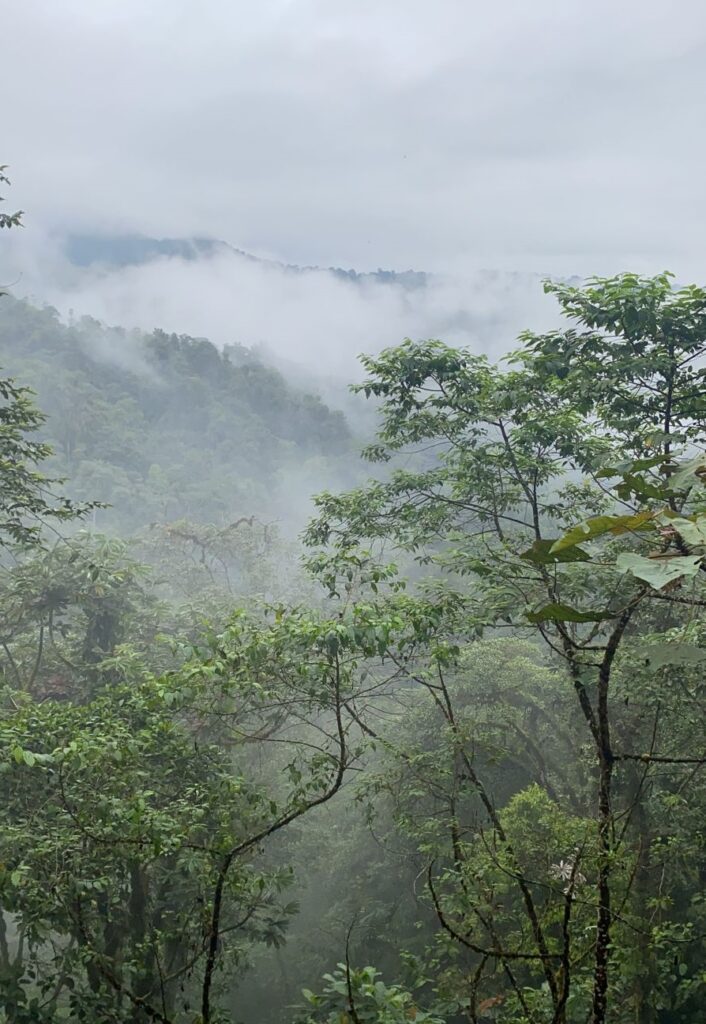
Many humans (Homo sapiens) think that we are superior to all living beings, despite being one of the youngest species on earth and not knowing if we will ever live as long as bacteria or plants. We are also a very small part of life on Earth.
A study published in 2018 that quantifies life on Earth in terms of carbon (C), a common element of all living beings, shows that plants are the most abundant living forms representing 82.5%. Then we find the tiny bacteria that represents 14.2% of the life on Earth and after the fungi representing 2.2%. Bacteria and fungi are everywhere including IN and ON us influencing our health (see post on the Microbiome). Then there are the algae that represent 0.7% and finally the animals, the group to which we belong which represents 0.4% of life on earth.1
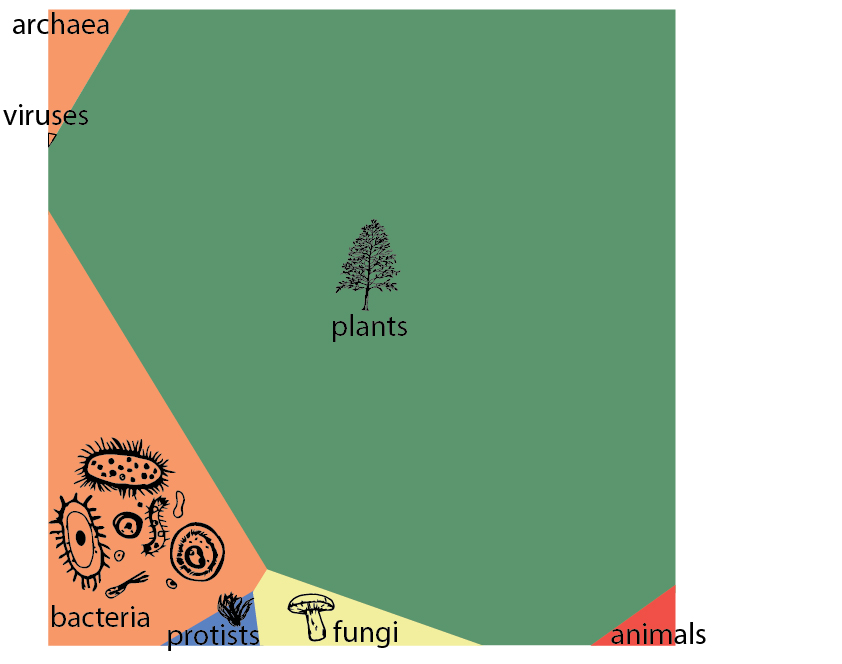
Sustainability:
Fundación Centro las Gaviotas in Colombia has developed the following sustainability formula:
4 x 4 x 42 / B
it means that human beings cannot live: more than 4 minutes without breathing proper air, more than 4 days without proper water, more than 42 days without nourishment and for all this to be possible the Earth must be covered with at least 60% of Forest, of green, including the plankton that lives in water of the oceans, seas, rivers, lakes, etc. This is the only way to maintain a proper atmospheric dynamic that allows human life or 78.1% nitrogen (N2), 20.9% oxygen (O2), 0.9% argon (Ar) and very little other gases including carbon dioxide (CO2, 0.04%).
The oxygen (O2) from the air that we need to live is produced by green beings thanks to a substance called chlorophyll. Chlorophyll reacts with CO2 in the presence of sunlight. These green beings are plants as well as bacteria and algae that feed on dead matter previously transformed by fungi, bacteria or animals such as worms. Respiration produces CO2 which is essential in the production of oxygen and sugars. Part of these sugars are stored in roots that feed bacteria and fungi from soil. Some fungi associate with the roots of plants forming mycorrhiza (myco=fungus and rhiza=root), a beneficial symbiosis for both organisms. Together they can travel big distances to get water and nutrients they need to live. Mycorrhizae connect with each other and at the same time interact with bacteria and some animals forming a very efficient communication and exchange system known as “Wood Wide Web”.
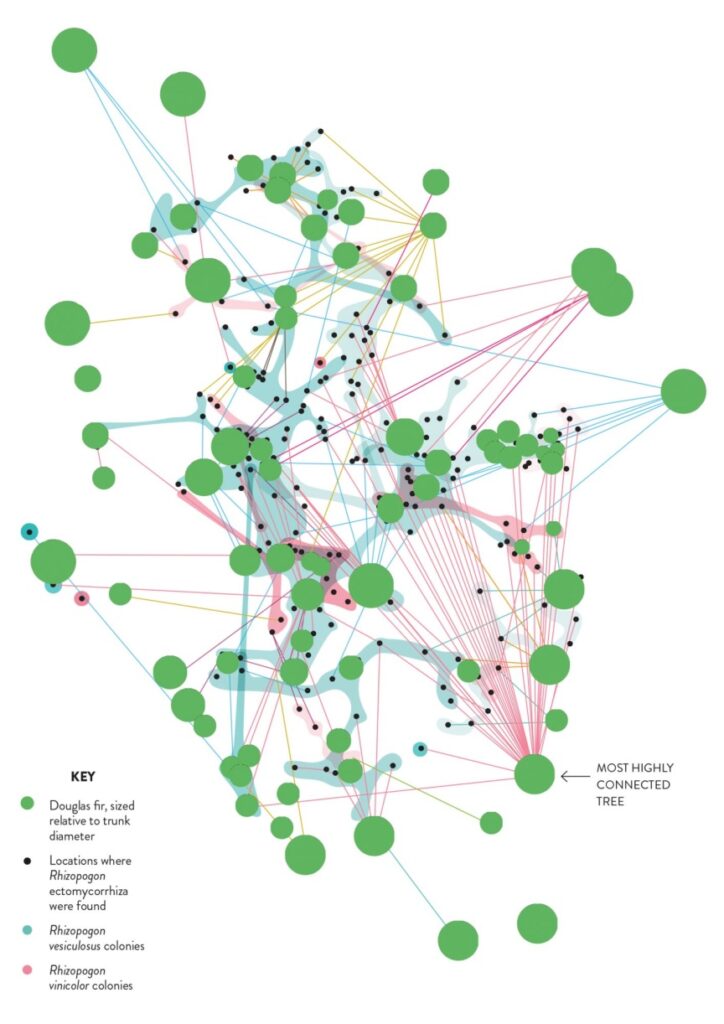
There is a complex and perfect balance between life and death and life and life. The community we are part of is fascinating!
The Amisacho collective in the Ecuadorian Amazon is producing short videos. The concepts transmitted allow a clear understanding of how the Amazon rainforest works, the cycles of nature, how they influence the planet’s climate and individual and collective solutions to live in a respectful way.
If we zoom in on the group of animals, we will note that the largest segment is represented by fish (30%) and that all together arthropods, mollusks, nematodes, annelids and cnidarians represent 63.6% of all animals. Humans represent 2.5% of animals while birds and wild mammals together represent only 0.4% and cattle 4.2%.1 This means that in terms of carbon (C) there are 5 times more humane than all wild birds and mammals combined, and nearly twice as many livestock as humans.

It is evident that we have NOT been paying attention to our environment and that our activities are impacting biodiversity.
Sustainability concerns us and our activities and deals with three elements: the environment, society and the economy. Of these 3, the economy is not part of nature, however, the narrative about the importance of money that first appeared about 5,000 years ago with the appearance of the first coins is so strong that today we cannot perceive the economy outside of the human context.
All human economic activity depends on nature. It is estimated that globally, nature provides services worth approximately US 125 trillion annually.2
Humanity is using more resources that the Earth manages to regenerate. The challenge is to continue our lives and our activities without depleting these resources, and restoring those already depleted with a population that continues growing. We are the first generation aware of this. Let’s start acting by eating!
Agriculture
The human activity dedicated to food production is agriculture that first appeared about 12,000 years ago. Agriculture deals with domestication of plants and animals.
Farmers have domesticated some living beings learning from them and from nature, observing and experimenting, a very interesting and important job that has allowed the development of humanity. After the Second World War, the green revolution began in which agriculture was industrialized. This industrialization or dehumanization together with large-scale global trade has contributed to the current social, environmental and economic imbalances.
Agriculture is against nature but it can be respectful if it respects nature as is done by agroecological and regenerative farmers around the world.
Today there are many problems related with food: overweight and malnutrition, waste, environment destruction and loss of biodiversity. Even though small farmers who produce in an area below 2 hectares of the worlds food and protect food diversity, many of them live in extreme poverty. Let’s do what we can to help these farmers be successful and in turn, we will all prosper!

What can we do?
First of all, let’s inform ourselves because knowledge is essential.
Let’s be smart consumers and remember that our demand and our everyday actions can generate positive changes. Let’s buy local, seasonal, socially and environmentally responsible products and let’s support farmers who work respecting nature locally and globally.
Let’s practice urban agriculture respecting nature and learning from nature, thus building resilient, green, inclusive and sustainable cities. One pot at a time – remembering that to be a respectful farmer we must learn many things and be open to new ideas.
Let’s cook more often using local, seasonal, socially and environmentally responsible products to know, taste and experience new flavors. Let’s not be afraid to use unusual vegetables, “ugly” produce that may not be the perfect specimen of what we are used to seeing in the grocery store, try wild products that we are not use to eating and become aware of the importance of dietary diversity. Let’s not forget that cooking is an act of love towards ourselves and the people for whom we cook!
I highly recommend the Radio Semilla podcast (only available in Spanish) of the Red de Guardianes de Semillas who, with a relaxed vibe and broad vision, speak of social, environmental and economic regeneration with local solutions. With a different approach, the podcast Food Talks (only available in English), is also worth a listen. Both are fantastic, informative and fun!
To improve the food system, changes are needed from the production to the table, from those who grow food to those who eat it, and all those who move the food in between! Remember that food is directly connected with the farmers, the land, the watersheds and the climate; and that our health is a reflection of the quality and quantity of the food we consume. In the end, it is all – and we are all – interconnected! Let’s take care of one another!
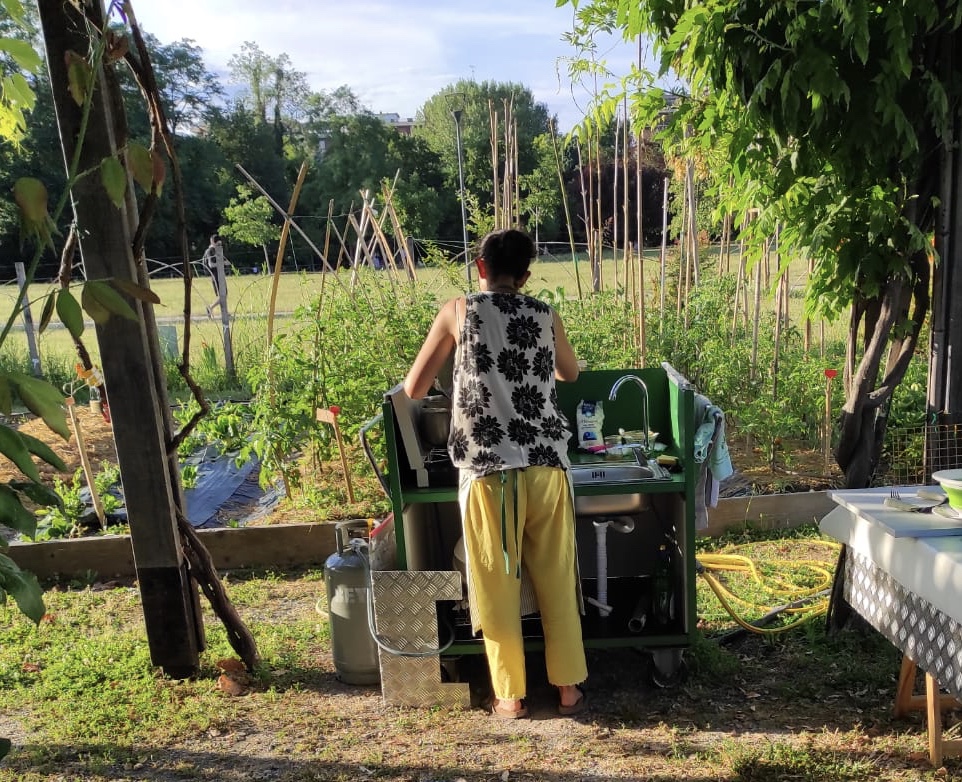
By M. Salomé Gachet
REFERENCES:
1 PNAS, 2018. Nar-On, Y.M., et al. The biomass distribution on Earth
2 WWF. 2018. Living Planet Report 2018 (Summery)

